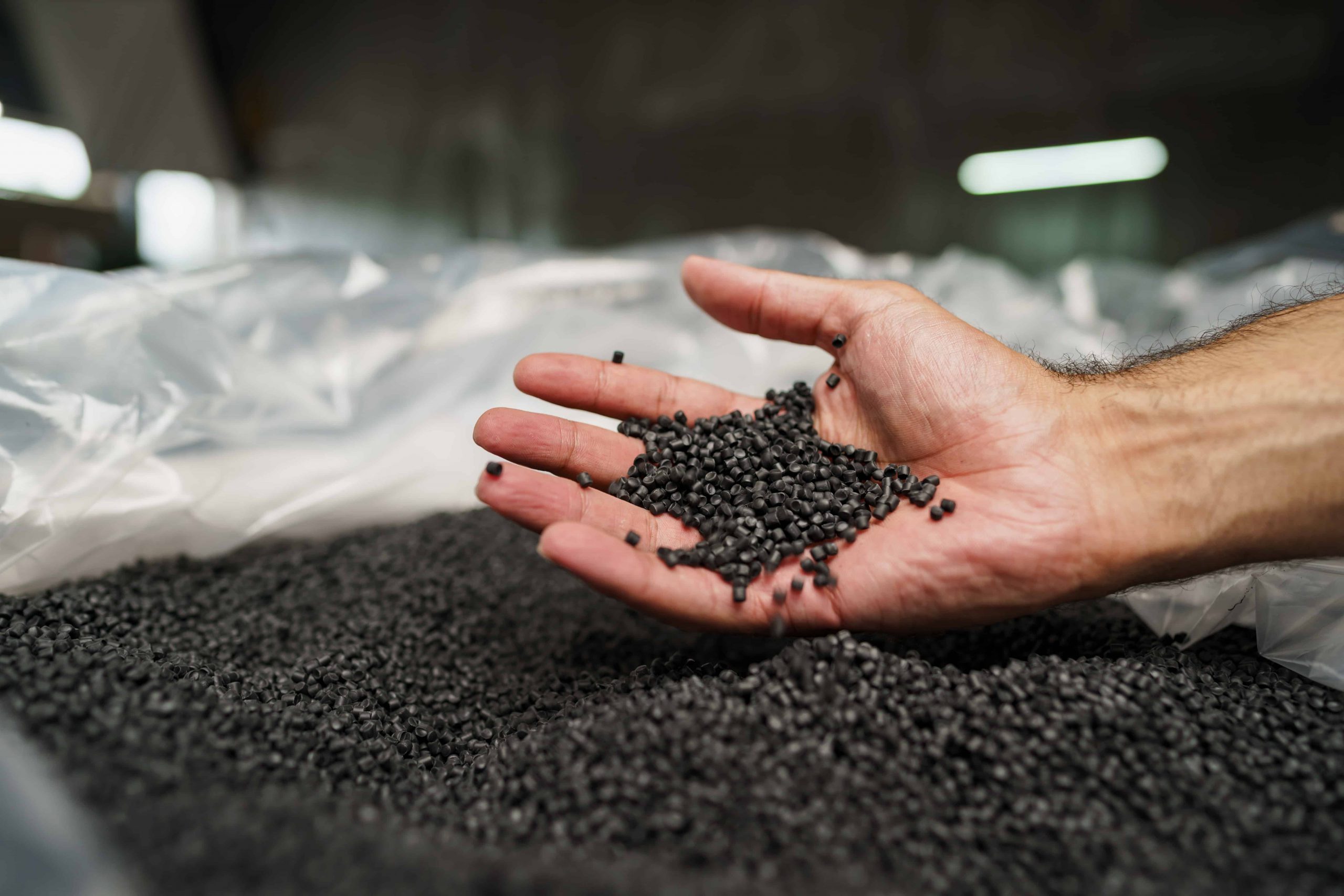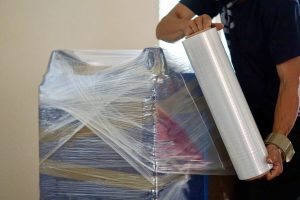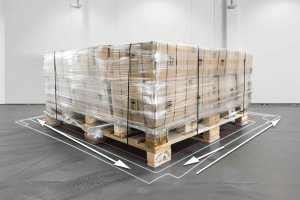
Plastic resin refers to a synthetic or semi-synthetic material made by polymerizing various monomers together.
In this post, we will explore the process by which plastic resin is made. We will delve into the various methods and technologies involved in the production of plastic resin, including polymerization and compounding. Let’s dive in!
The Environmental Advantages of Recycled Resins
Using recycled resins reduces plastic waste, preserves natural resources, and lowers greenhouse gas emissions, among other environmental advantages. Hence, it is essential to support and encourage the use of recycled resins as an eco-friendly substitute for virgin plastic resins.
The recycling process involves collecting, cleaning, and melting down the used plastic products. It is then converted into plastic pellets that can be used to manufacture new plastic products.
Thong Guan, the largest stretch film manufacturer in Malaysia, offers services beyond recycling. We help our customers achieve their sustainability goals with our RE:USE program, a post waste processing program that contributes to environmental conservation.
We take in post-consumer plastic waste (PCI) and post-commercial waste (PCW) and help our customers turn them into recycled resins.
Here are a few advantages of recycled resins for the environment:
1. Reduces Plastic Waste
Since recycled resins are created from used or abandoned plastic items, less plastic waste ends up in the environment.
2. Conserves Natural Resources
By using recycled resins instead of virgin plastic resins, we can conserve natural resources. They are used in the production of virgin plastic resins.
3. Reduces Energy Consumption
The production of recycled resins requires less energy compared to virgin plastic resins. It is because raw materials are already available and don’t need extraction and procession.
4. Reduces Greenhouse Gas Emissions
The production of virgin plastic resins contributes to greenhouse gas emissions, while the production of recycled resins generates fewer carbon emissions.
5. Encourages a Circular Economy
Using recycled resins creates a closed-loop system, where used plastic products are recycled into new products. It reduces the need for virgin plastic resins and minimizes waste.
6. Lessens Reliance on Landfills
By recycling plastic items into resins, less plastic trash is dumped in landfills, reducing environmental harm.
Exploring the Process of Making Plastic Resins
A variety of goods utilize a synthetic material known as plastic resin. It is an essential component in creating products including plastic bags, water bottles, stretch wraps, and electronic parts.
Let’s look at the process of plastic resin being made.
a. Polymerization
Polymerization involves combining monomers (small molecules) to form long chains called polymers. The two primary processes for polymerization are condensation polymerization and addition polymerization.
Additional polymerization involves combining monomers with no by-products. This is typically done through a chemical reaction that involves a catalyst. The catalyst helps speed up the reaction and encourages the monomers to bond together.
Condensation polymerization involves a by-product (usually water and ammonia) being released during the reaction. This method is commonly used to make polyester and nylon.
b. Blending
The finished polymer is frequently combined with various chemicals to improve its qualities after the polymerization process. This process is called compounding.
Additives that may be added to the polymer include colorants, stabilizers, plasticizers, and fillers. Colorants are added to give the plastic resin its desired colour, while stabilizers are added to prevent degradation.
Plasticizers are added to the plastic together with fillers to increase its flexibility while also increasing its strength and durability.
The polymer and additives are mixed in a compounding machine, which heats and melts the mixture. The melted plastic is then cooled and shaped into pellets or granules.
c. Processing
This involves taking the pellets or granules and shaping them into the final product. Extrusion, injection molding, and blow molding are all methods of processing plastic resin.
Injection molding involves melting the plastic resin and injecting it into a mold to create a specific shape. Blow molding involves heating the plastic and blowing it into a mold to create a hollow shape. Extrusion involves melting the plastic and forcing it through a die to create a specific shape.
Final Takeaways
Plastic resin is made by extracting raw materials, purifying them, polymerizing them, and then pelletizing them. The plastic pellets are then used to manufacture various plastic products that we use in our everyday lives.
While plastic resin has transformed modern living, there are environmental implications associated with its production that should be considered.
By finding sustainable alternatives to plastic resin production, we can reduce the impact on the environment. It also allows us to continue enjoying the benefits of plastic products.




